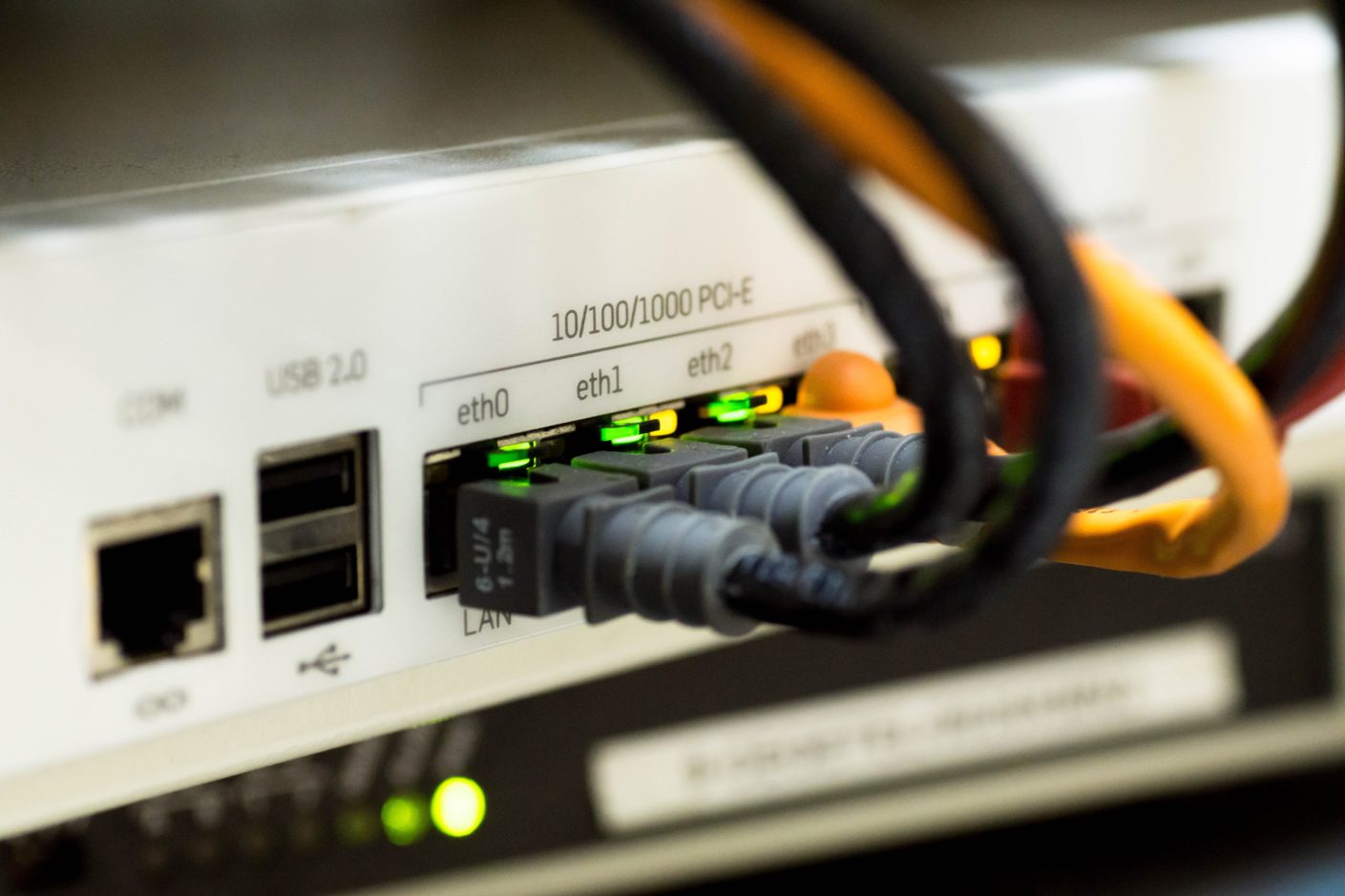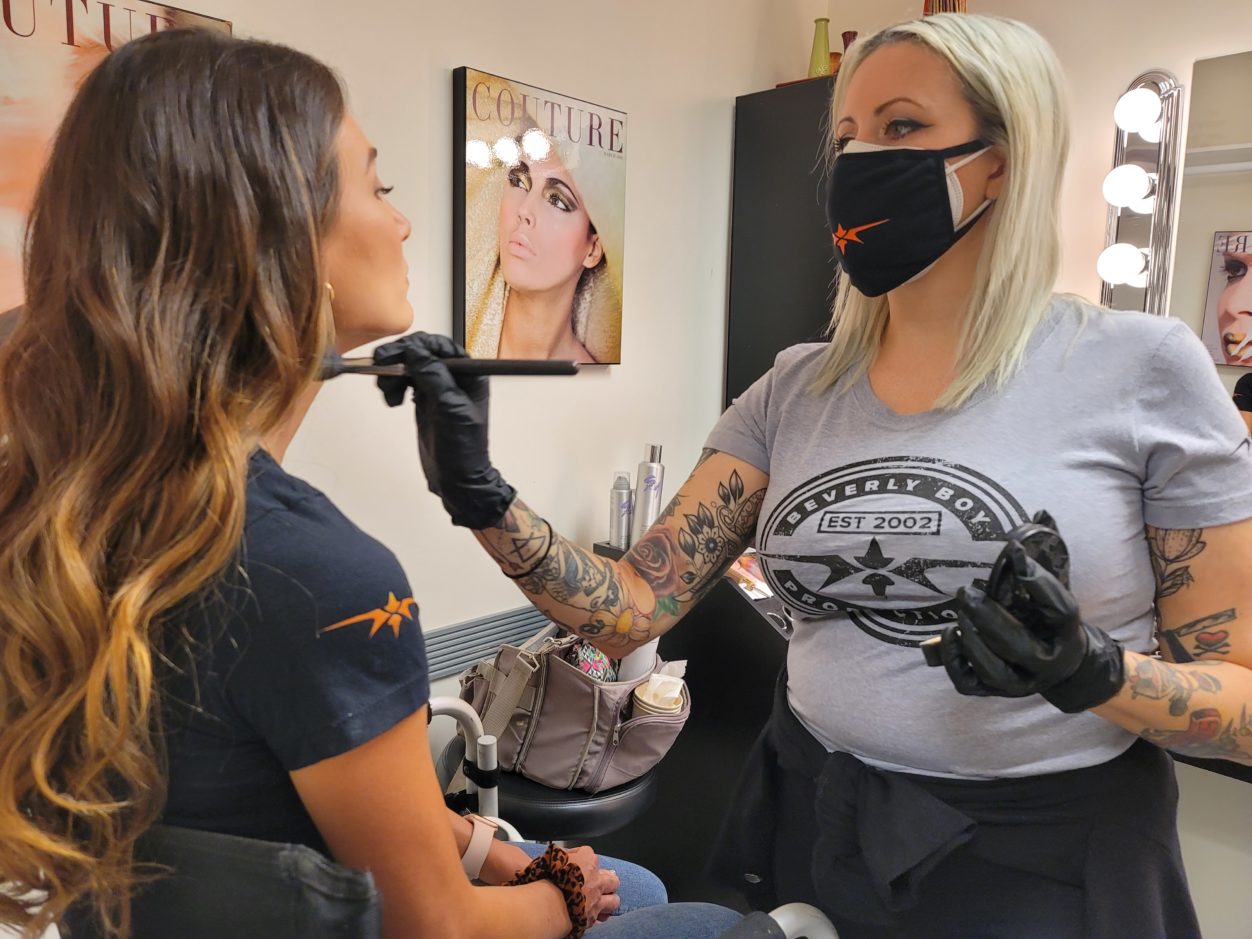5 Tips to Ensure a Flawless Remote Video Production Project
Coronavirus changed the way we do business, and how we live. Causing widespread lockdowns and community-wide social distancing, COVID-19 led to many brands and businesses shifting their video production projects to remote video production for a period of time where social isolation was not only requested, but in many areas, required. As we continue to ebb and flow through the year, many businesses continue to seek ways to ensure flawless remote video production for their projects.

Get a remote production quote here!
At Beverly Boy Productions, we offer several remote video production opportunities for businesses including video drop kits that offer convenience, and health-safety, for those seeking a remote production solution that can be delivered to their home or office. To learn more about our video production drop kits or the remote video production services we provide worldwide, give us a call at 888-462-7808.
Here’s the Scoop
If you’re new to remote video production, check out these tips to ensure a flawless project:
1. Prepare Your Background & Lighting for Best Results
There are so many different ways to get the most out of your background and to improve the lighting of your video to get the best possible visual appearance on screen. As you prepare for a remote video production project, consider the following:
- Make sure that your primary light source is located behind your camera, not behind you. Otherwise you could end up with backlighting that makes your appearance on camera dull or dark.
- Avoid using light sources directly behind you. Instead, try to incorporate light from the side.
- A messy background can make it hard to focus. Try a backdrop that is plain or something that is not too busy to help the eyes focus on you.
2. Check for Unwanted Noise
One of the great things about hiring a video production crew is their keen eyes and ears when it comes to scoping out the best possible location for a film shoot. If you’re handling a remote video production project on your own, you probably don’t have this benefit. Thus, you’re going to have to listen closely for unwanted noise and find the perfect shoot location on your own. Here’s what you need to do:
- Plan the time that you’ll shoot your footage, and listen closely at that time of day in the area in which you intend to set up your shoot.
- Listen for things like traffic, the air conditioner, the refrigerator, or other sounds.
- Turn off any unwanted noise makers that you have control over–things like the dishwasher, washing machine, and the air conditioner if it happens to be set to kick on soon.
3. Check Your Connection

If remote video production is to take place for a livestream or for a live audience, you’re going to need to carefully examine your internet connection. Slow connections may be something that you’re accustomed to dealing with, but this could halt your video production project in its tracks! Before you begin your remote video production, check your internet connection and see what steps you can take to ensure not only a higher speed but guaranteed connectivity for the duration of your stream or shoot. Consider the following:
- Plug in your computer or other equipment directly into your router rather than operating over the Wi-Fi connection.
- Limit internet use for the duration of your production so that you get the full value of your connection without sharing the line with others.
- Use a booster or similar device to ensure a faster, always on, connection.
4. Capture Test Shots
Before you go live (if your remote video production project is a live stream, interview, or similar task) capture some test shots. Set everything up as you intend to when you shoot the actual production and capture some shots using the camera, webcam or whatever device you intend to use. Check the shots for appropriate lighting, sound quality, audio, and background. This is your chance to make any changes before the actual remote video production project gets fully under way.
5. Buffer Time for Best Results
If you believe your remote video production project will take you a couple of hours, consider booking an entire day so that you have plenty of buffer time. If you’re expecting just an hour, book a half day so that you have 4 hours total. The idea of booking more time than you need may sounds silly at first, but once you get going and realize that tiny hiccups can lead to big losses in time, you’ll be grateful that you did! As a good rule of thumb, book more time than you need so that you can appropriately handle any complications, hurdles, or mishaps that come your way without having to give up on completing your shoot.
Let’s Collaborate

Want to hire a professional film crew that will come on location to produce a remote video production project for your business? Give Beverly Boy Productions a call at 888-462-7808 for more information!


